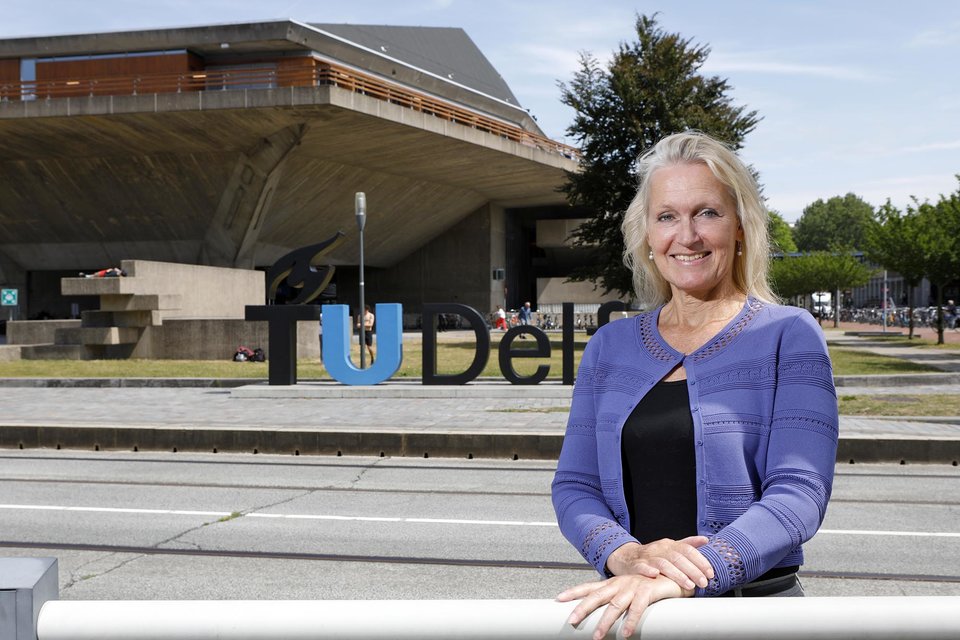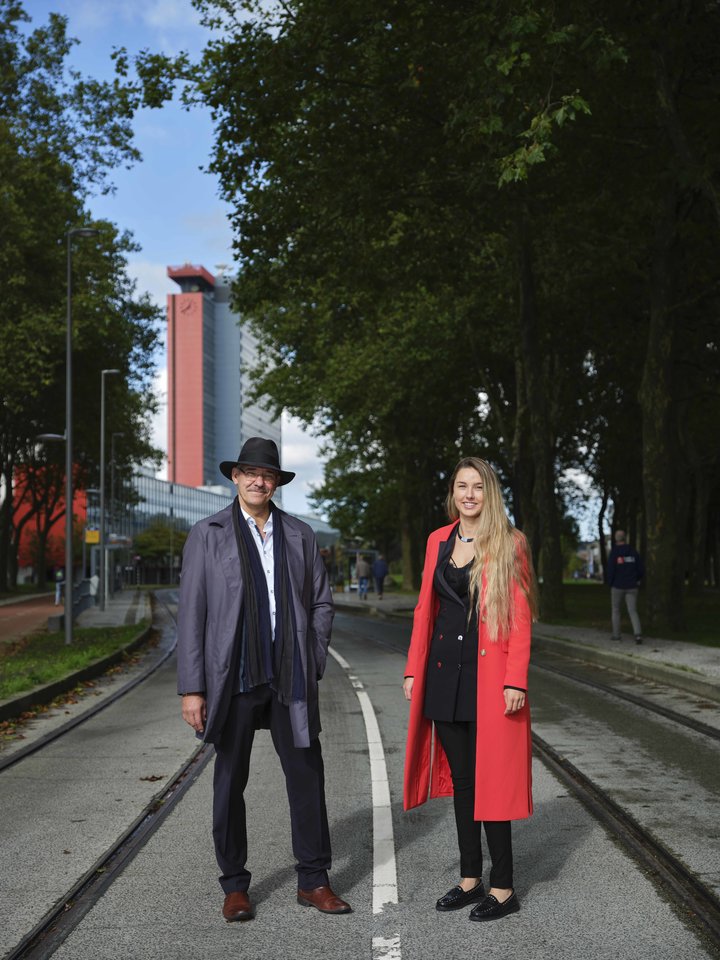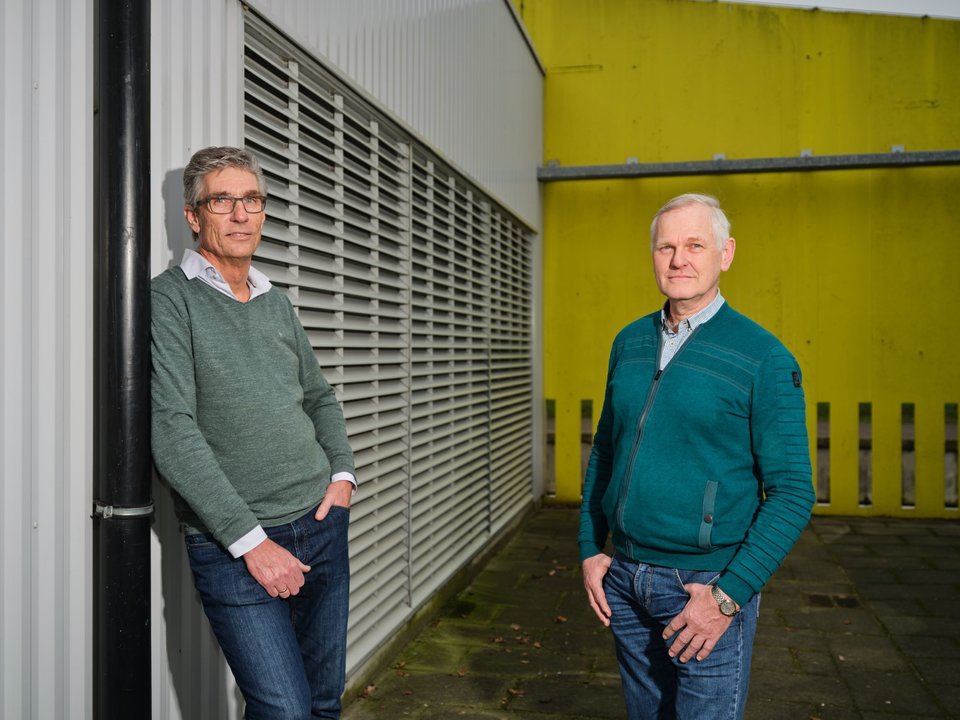Grant projects are often financially complicated. “You can’t just spend the money: there are all kinds of rules and regulations governing grants that you have to comply with,” explains Mignon de Ruiter, who is responsible as Manager of Projects in the Finance division for the final accounting of grant projects. “Of course researchers are primarily occupied with their research, while we are engaged in the financial side of things. These are two completely separate worlds.” These worlds need to be brought closer together. “The existing reporting was too financially specialised. It contained too much information that wasn’t relevant for the target group, the researchers,” says Martijn van Laarhoven, Finance Manager in the Faculty of ME and business control coordinator for all the faculties.
The first steps for improving project reporting were taken back in 2015. “For this kind of reporting, it is handy if everyone works in the same way. That’s why we decided back then that project administrators should not be directed from the faculties, but centrally,” explains De Ruiter. The present quality improvement is part of the Service Quality programme. “At Finance we are in a transition in which we are making our services more uniform, professional and automated. We are working from a philosophy of Service Quality that is aimed at giving added value to the customer,” says Van Laarhoven. “Within Service Quality, I have seen a tension between the wishes of the academic staff and the possibilities that Finance can offer. This is something we need to address together.”
Scrum
This is why the new reporting has been developed in collaboration with a sounding board group containing eight Deputy Heads of Department – one from each faculty – and a number of project managers. “In the past our starting point was always what Finance was offering, now we have shifted the focus to our academic colleagues and asked the Deputy Heads of Department what is needed. This question became the basis for our work,” says Van Laarhoven. We used the scrum method for this, a flexible approach to project management. “We tackled the various tasks in a series of three-week sprints and then presented the results to the sounding board group to check that we were on the right track,” he explains. “During the first two meetings the response was fairly critical, but there came a moment where we reached a turning point and since then there has been enthusiastic collaboration.”
Working together, it soon became clear what changes had to be made. “At Finance we have a tendency to want to present as much information as possible,” says De Ruiter. “This meant the reporting contained a lot of information that was not relevant for the project managers. It was also difficult to extrapolate the spending limit from all the figures presented, especially for someone with little experience in finance.” The new reporting has been simplified and made clearer. “It is presented very visually, using shapes and colours. This means you no longer have to interpret figures, but you get the picture at a glance.” Right now, the new reporting is being tested by forty project managers. If this pilot is a success, the rest of the organisation will follow in the second quarter.
Sounding board group
Joost Niermeijer, Deputy Head of the Human-Centered Design department (IDE) was part of the sounding board group that helped to develop the new solution. “It was a really enjoyable and constructive process; we really felt we were being listened to,” he tells. “Not everything you want is possible in practice, so we had to join forces to find the best compromise. This led us through various iterations, to what we have now: an application that you can log on to for an up-to-date insight into the spending limit.” It’s a great improvement on the static PDF overviews used up to now. During the pilot, the project managers and the business controllers examine together how their projects are shown in the new system. This has also provided some points for improvement, for example, the detailed information you could request turned out to be a little too detailed. “Of course user friendliness is a typical IDE topic, so our project managers are extra critical,” says Niermeijer.
Annegreeth Lameijer, Deputy Head of the Microelectronics department (EEMCS) is also enthusiastic, even though she would have liked to see it happen earlier. “We should have had this fifteen years ago,” she says. “For years, project managers have not had the tools they need to do their work effectively. This new interface will give them real-time insight into such things as whether they can afford a certain expenditure or how many hours researchers are booking. Such information is needed both within the project to be able to manage it well and externally to be able to consult with your project partners, who certainly expect that level of professionalism. It leads to a quality improvement in project management, which is good for TU Delft on every front.”
Never done
As far as Lameijer is concerned, this is just the beginning: “Now we can use it on the level of individual projects but we want to move on to look at things at higher aggregation levels.” De Ruiter and Van Laarhoven agree that the project is not finished. “The grant landscape is constantly changing: at EU level you first had FP7, now it’s Horizon2020 and next year it will be Horizon Europe. So the rules are constantly changing, for example on how you need to calculate hourly rates. This means we’re never done,” says De Ruiter. Van Laarhoven: “We need to continue to consult together to adapt the reporting, not only because of these developments, but also because of the changing requirements of the project managers.”





